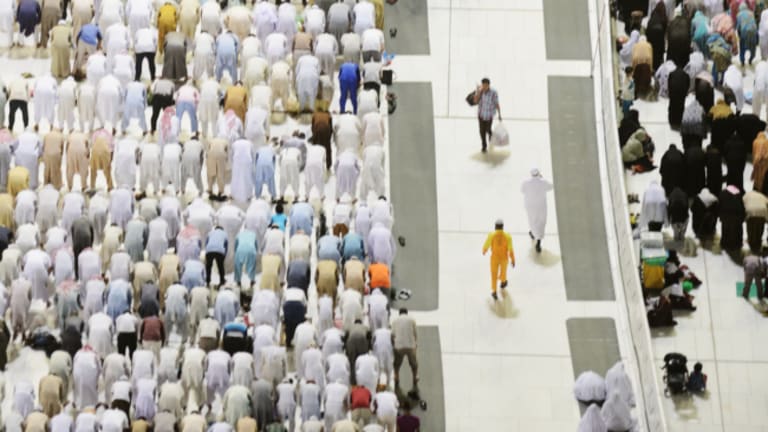
Saudi’s MHRSD boosts seasonal workforce for Hajj 2024; High demand for health workers due to high temperatures
Talent Management#Hiring#GigEconomy
The Hajj 2024 season begins on June 14, and the Ministry of Human Resources and Social Development has launched the ‘Hajj Employee’ programme, offering seasonal work visas to support over 1.2 million workers during the annual pilgrimage.
The Ministry is inviting applications from seasonal workers as part of the 'Ajeer Hajj' service and will issue work permits and employ Saudi residents temporarily. Through the service, "Ajeer Al Hajj," the Ministry aims to enhance workforce flexibility, raise market efficiency, provide flexible work solutions, and reduce dependence on external recruitment. To facilitate this, the authority has enabled an online service on the 'Ajeer Gate' platform, where job seekers can apply and review their applications for listed vacancies.
Moreover, the Ministry aims to streamline the ‘seasonal visa’ service with establishments operating during the annual pilgrimage to cover their need for workers and support the pilgrims. So far, the authority has received applications from 924 organisations and issued over 11,700 work permits for their workers under the initiative. Additionally, the authority has issued more than 42,800 seasonal work visas to professionals from various fields.
You may also like:
- Safety measures for outdoor workers amidst rising temperature
- Navigating the Zillennial workforce: Insights from Nabil Almessabi at #WHRC2024
MHRSD’s supervisory committees, in partnership with relevant authorities, continuously monitor and ensure that establishments operating during the Hajj season comply with the regulations for seasonal temporary work visas.
KSA’s National Meteorology Centre recently warned of above-average high temperatures exceeding 44 degrees Celsius during Hajj 2024, which takes place from June 14 to June 16. Ayman Ghulam, Chief Executive Officer at the meteorology centre, said, "The expected climate for Hajj this year will see an increase in average temperatures of one and a half to two degrees above normal in Makkah and Madinah. The forecast indicates relative humidity at 25 percent, rain rates close to zero, and an average maximum temperature of 44 degrees." Therefore, the number of pilgrims suffering from heat stress is likely to increase this year, necessitating additional support from ‘seasonal’ health workers.









